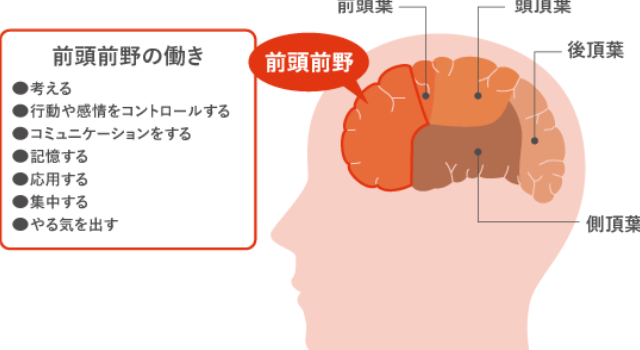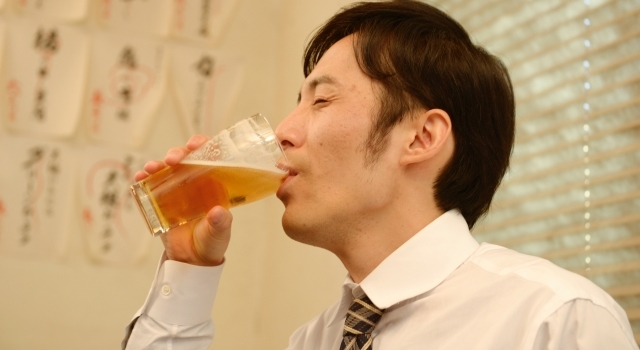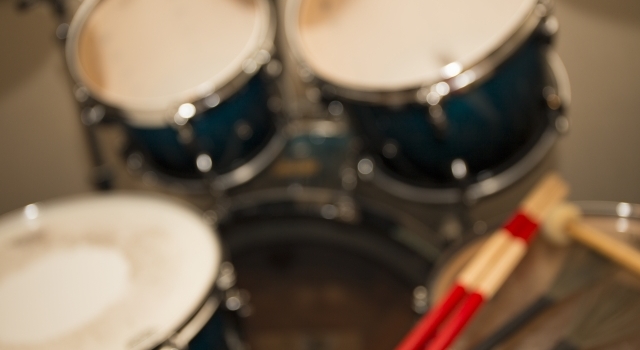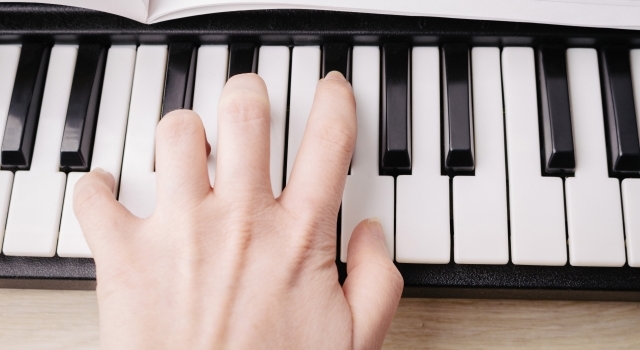The areas of the brain related to language are Broca’s area in the frontal lobe, Wernicke’s area in the temporal lobe and the angular gyrus in the parietal lobe. Broca’s area is thought to be involved in the output of spoken language and sentence analysis, Wernicke’s area relates to understanding spoken language and angular gyrus in verbalizing vision.
So which areas are involved in spoken language when talking to people?
When listening to a story, the auditory cortex of the temporal lobe first contains verbal information, but at this point it has not yet been recognized as a meaningful sound. Information is only understood as words when it is sent to the Wernicke’s area, where it is sent through the parietal lobe to Broca’s area.
On the other hand, when speaking spoken language, the supplementary motor area and Broca’s area in the frontal lobe are both working. The same is true when making sounds that are not in words. From this, it is thought that this area is related when creating sound.
Furthermore, when speaking words, the motor prefrontal cortex and the prefrontal cortex becomes more active than these two areas, and when writing sentences, it became clear that the Wernicke’s area that recognizes words as letters is working.
From this, it is thought that the Wernicke’s area, which makes sentences, is related, and when the sentence is uttered as words, it goes around the frontal lobe, then transmitted to the motor area and is uttered as “voice”. Therefore, Wernicke’s field seems to play a central role in both listening and speaking.









